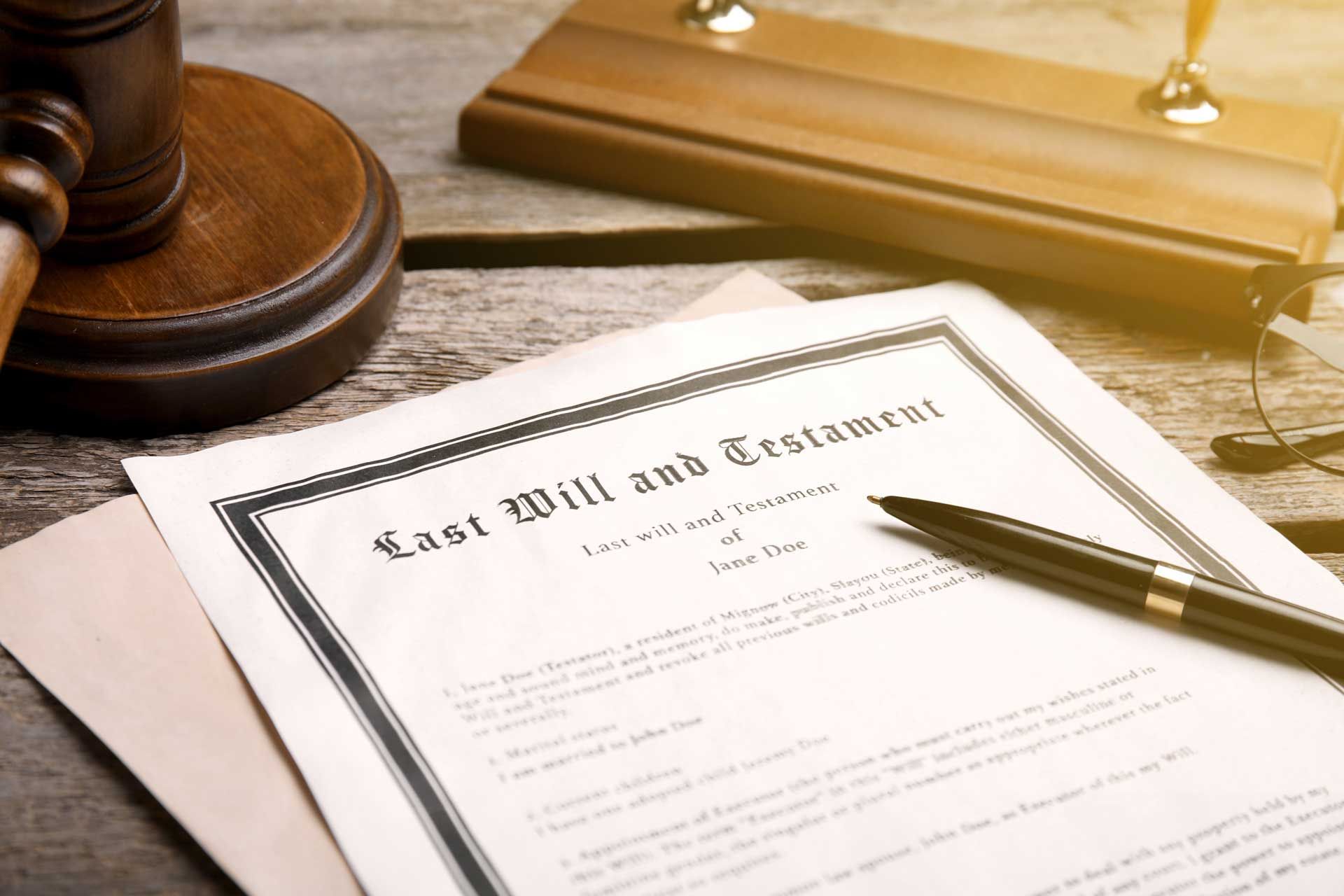Naming IRA Beneficiaries

Many people make costly estate planning mistakes when it comes to individual retirement accounts. Unlike other assets, IRAs are not typically covered by a will or a standard type of trust. Instead, the funds go to inheritors according to beneficiary designation forms that are on file with the IRA custodian. Oftentimes individuals do not know who is listed on their beneficiary forms because the account and beneficiary designations were created many years ago.
It is a good idea to make sure all of your beneficiary forms are in order and up to date. You should check the designation on file to make sure it’s what you intend. You should also be sure to name both primary and contingent beneficiaries on your plan in case the primary beneficiary predeceases you.
The Employee Benefit Retirement Institute states “IRAs are a vital component of U.S. retirement savings, constituting 26.5% of all retirement holdings. There are nearly 15 million IRA accounts held by more than 11 million people with total assets of just over $1 trillion.”
You can name any beneficiaries you want with an IRA, including family members, friends, a trust or charity. Alternatively, with a 401(k) or other workplace plan, your spouse must give written permission for you to leave the account to anyone else.
If there is no beneficiary form on file, your heirs must use the IRA custodian’s default policy. This may mean someone other than the person you intended will receive your IRA (i.e. your heirs-atlaw). Typically the custodian will award an IRA first to a living spouse and then to your estate. Sometimes the custodian may send it straight to the estate, which will cut short the tax benefits.
If you list your children as beneficiaries, it is often a good idea to provide for per stirpes distributions (if the form allows this designation). This means that if your child predeceases you, their children would become the beneficiaries, instead of your other children, or the co-beneficiaries.
Sometimes clients wish to leave their IRA to a trust to accept retirement assets. There can be many reasons for leaving your IRA to a trust, which include (1) if your intended beneficiaries are minors; (2) if you are fearful of creditors or in-laws; (3) if you wish to control the cash flow to beneficiaries with money management problems; or (4) second-marriage planning.
Many complex IRS rules govern IRA trusts. Therefore, it is critical that you speak with your trusted advisers to ensure that an IRA trust meets your goals as well as the government criteria.
Regardless of who you ultimately decide to name as beneficiary of your retirement account, it is crucial that those assets make their way to that beneficiary. A proper beneficiary designation form should accomplish this.










